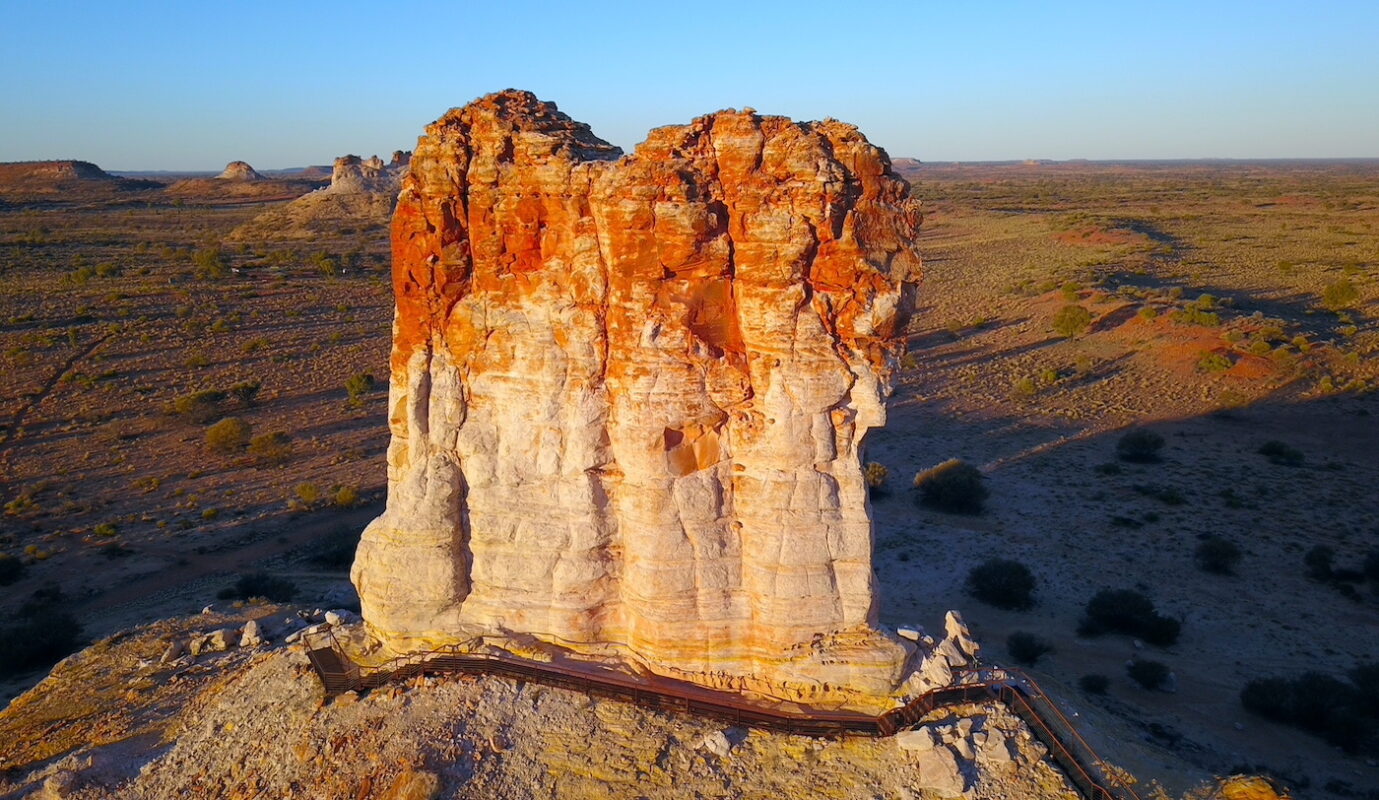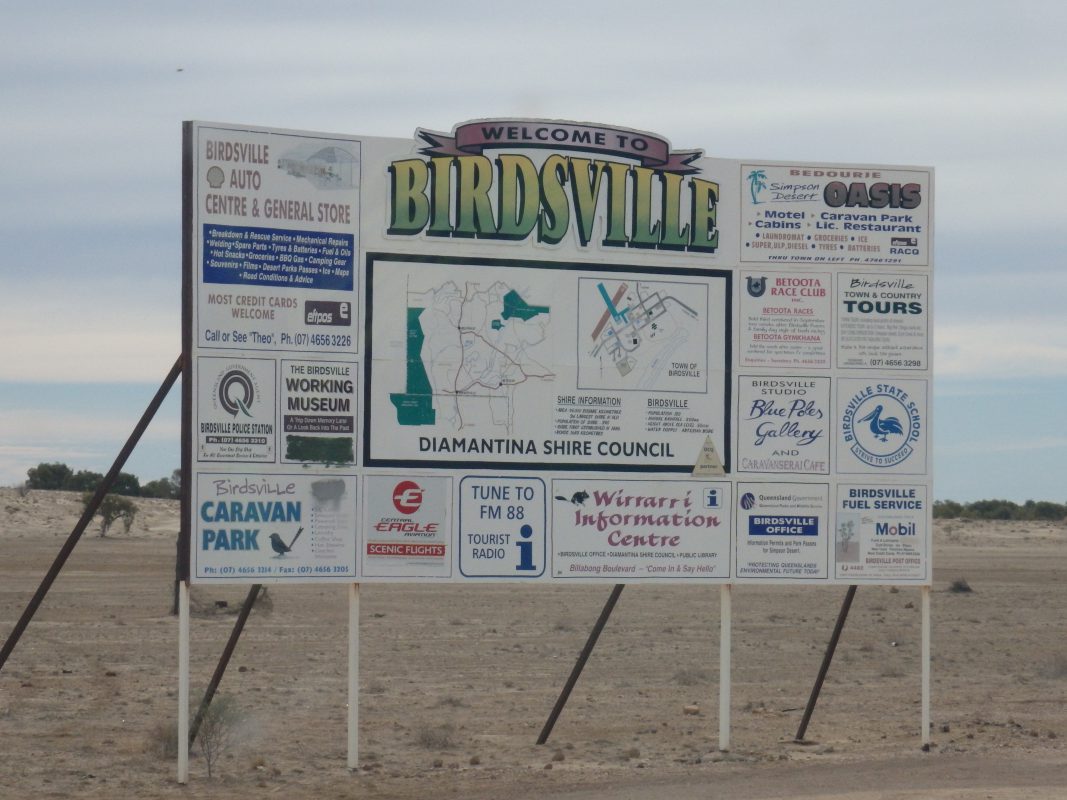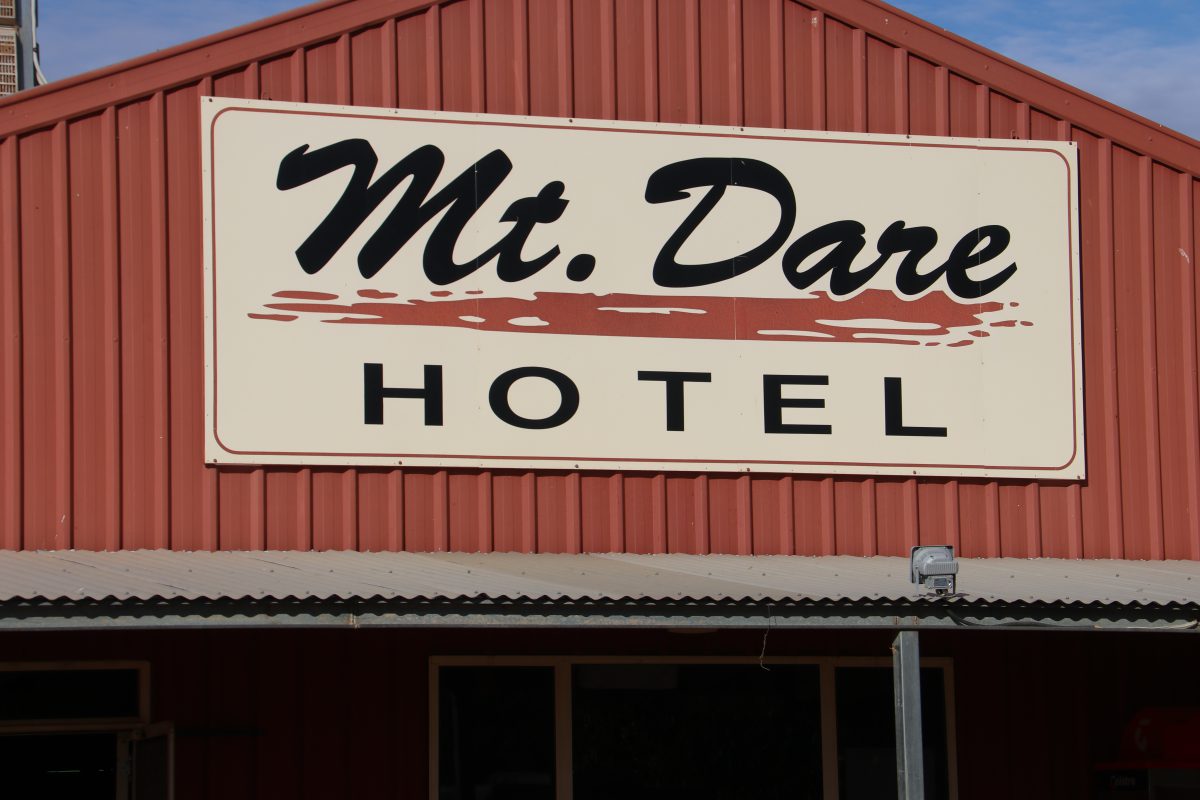PRICE
$3400

Signup for our newsletter to get notified about sales and new products.
The Simpson Desert is the world’s largest sand dune desert. Travelling west to east, you’ll cross more than 1150 dunes. This tour begins in Alice Springs, with a loop around the ranges before heading south along the historic Old Ghan railway line.
The Simpson Desert is the world’s largest sand dune desert. From west to east you will cross more than 1150 sand dunes. This tour starts in Alice Springs with a loop around the ranges before heading south along the historic Old Ghan railway line. Along the way we visit old railway sidings and then it’s off to Chambers Pillar. After spending the night in the geographical centre of Australia we head off across the Simpson Desert. After the first 100 dunes you will be an old hand at tackling the hills. Towards the end of the French Line we arrive at Poeppel Corner where the states of QLD, SA and NT meet. Continuing along the QAA Line we culminate the desert experience with Big Red, the biggest dune in the desert. After a few photos atop Big Red we head into Birdsville and the incredible experience of the Birdsville Races.
PRICE
$3400
DURATION
10 Days
DISTANCE
1330 km
START LOCATION
Alice Springs, NT
PERCENTAGE OF BITUMEN / DIRT: 5/95
AVERAGE DISTANCE PER DAY: 130km
GROUP SIZE: 6-10 vehicles
GLAMPING OPTIONS: 3 out of 10 days
TOUR START LOCATION: Alice Springs, NT
TOUR FINISH LOCATION: Birdsville, QLD
ACCOMMODATION: Bush Camp & Campground
TOUR GRADE: Medium. NO Trailers

155km (C R)
We return to Alice Springs by midday to refuel and restock, then head south following the route of the Old Ghan Railway. From here, we’ll be on dirt roads for the next seven days. The track takes us through open country and low ranges before reaching our camp near Chambers Pillar in the late afternoon. The sandstone formation is a striking landmark with deep cultural and historical significance. Sunset here offers a dramatic shift in colour across the landscape, making it a memorable spot to end the day.
276km (B)
We return to Alice Springs by midday to refuel and restock, then head south following the route of the Old Ghan Railway. From here, we’ll be on dirt roads for the next seven days. The track takes us through open country and low ranges before reaching our camp near Chambers Pillar in the late afternoon. The sandstone formation is a striking landmark with deep cultural and historical significance. Sunset here offers a dramatic shift in colour across the landscape, making it a memorable spot to end the day.
221km (B)
We begin the day with a visit to Rodinga, one of the original stations along the Old Ghan Railway. Continuing south, we stop to refuel at the Finke Aboriginal community before heading into more remote country. Our overnight camp is at Lambert Centre, recognised as the geographical centre of Australia. It’s a quiet spot with wide horizons and a chance to reflect on the scale of the journey so far.
244km (B)
We travel west through remote country, stopping at several historic sites along the way. We visit Mt Dare for fuel and supplies—our last stop before entering the Simpson Desert. From there, it’s a short drive to Dalhousie Hot Springs, where we set up camp and have time to relax in the natural thermal pools.
123km (B)
We begin our crossing of the Simpson Desert, heading east from Dalhousie Hot Springs. The dunes start low and gradually increase in size, offering a good introduction to desert driving. The landscape shifts throughout the day, with wide swales, soft sand and occasional claypans. There are plenty of opportunities to stop for photos and short walks. We camp in the swales between dunes, surrounded by open desert and clear skies.
74km (B)
We continue through the Simpson Desert, passing several abandoned oil exploration sites along the way. We check out a few of the abandoned oil wells. After reaching Lynnies Junction, we turn south before heading east along the Rig Road. The track here is firmer underfoot, originally built with clay and gypsum to support heavy vehicles. We set up camp near the Lone Gum, a solitary tree that stands out in the otherwise treeless landscape—an iconic marker in the desert.
82km (B)
We continue east through the Simpson Desert, following sections of the Rig Road before turning onto the Knoll Track. The dunes in this area are more closely spaced, with soft sand and occasional claypans. The landscape is varied, with low scrub, open swales and shifting dune lines. It’s a shorter driving day, allowing time to take in the scenery.
54km (B)
We begin the day with a visit to the Approdinna Attora Knolls, a pair of gypsum outcrops that stand out in the surrounding dune country. After passing Lake Tamblyn, we rejoin the French Line. This section is known for its soft sand and slower travel, with closely spaced dunes and wide swales. The scenery is varied and expansive, offering plenty of opportunities to stop and take in the landscape. We camp at Poeppel Corner, where the borders of South Australia, Queensland and the Northern Territory meet.
166km (C M R)
We begin the day with a short stretch along the K1 Line before turning east onto the QAA Line. The track takes us through soft sand and wide swales, with a stop at Eyre Creek for lunch. In the afternoon, we reach Big Red—the tallest dune in the Simpson Desert—where there’s time to take on the climb or just enjoy the view. From there, it’s a short drive into Birdsville to set up camp. The day ends with a visit to the Birdsville Pub, a well-known outback watering hole and a fitting place to mark the end of the desert crossing.
0km (C D R)
The day is yours to explore Birdsville and take in the races. There’s time to visit local landmarks, watch events at the track or simply soak up the atmosphere around town. In the evening, we head back into town for a group dinner to wrap up the trip and share stories from the desert crossing.
Legend
B – Bush Camp
C – Campground
D – Dinner Provided
M – Meals Available (own expense)
R – Rooms Available (own expense)
Glamping Options
Rooms and meals are available on 3 nights of this tour.





